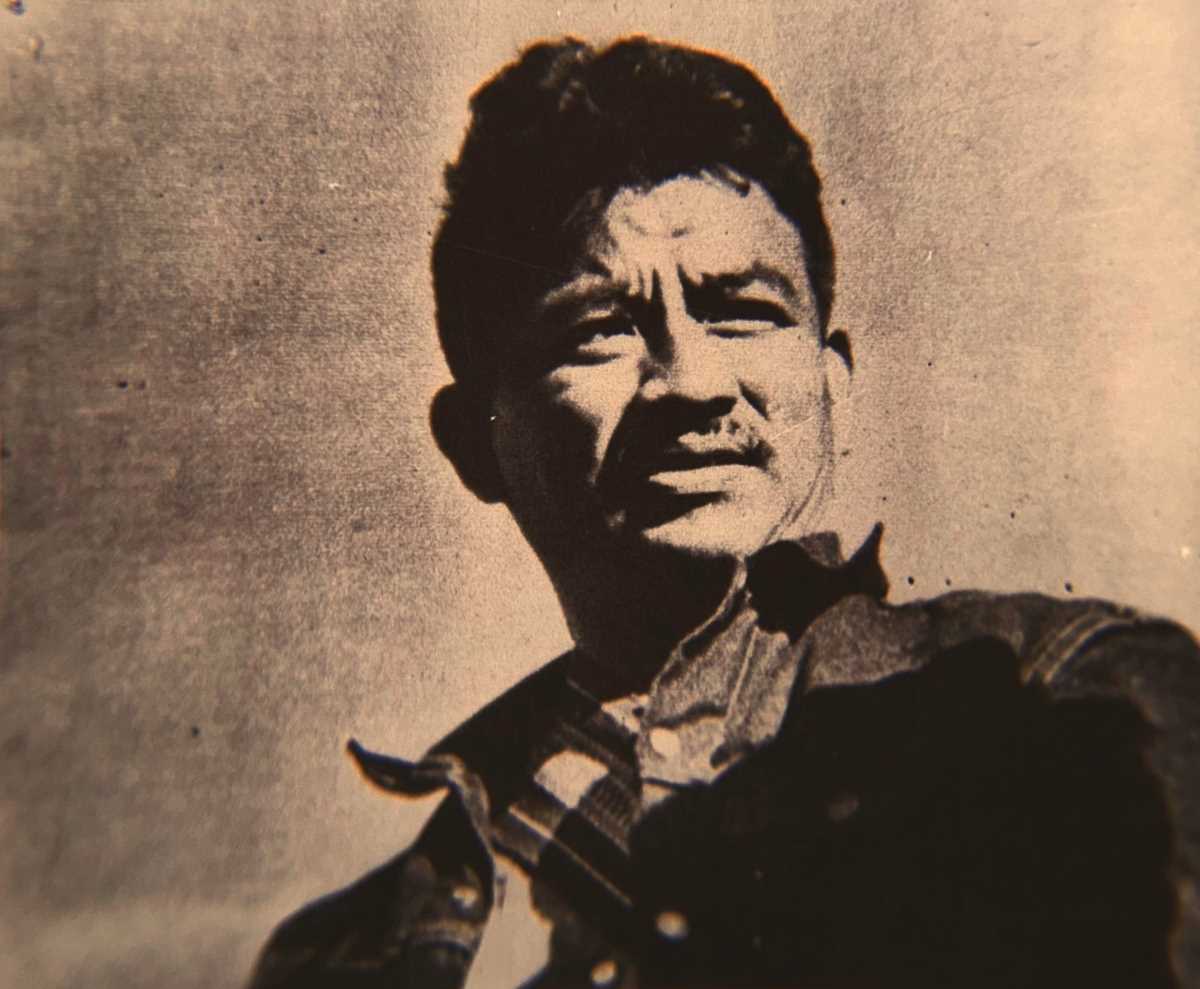Genaro Vázquez Rojas and the Contradictions of Mexico's Dirty War
Genaro Vázquez Rojas, a Mexican teacher turned guerrilla, died under contested circumstances in 1972. Official reports claim a car accident, but doubts persist due to the Dirty War context. His wife's distrust and his enduring legacy highlight the struggle for truth and justice in Mexico.

Genaro Vázquez, born in 1931, was a teacher and prominent social fighter from the mountains of Guerrero, Mexico. Recognized for his staunch defense of the rights of peasants, he led large demonstrations and mobilizations against government repression in his region. Faced with the intensification of political persecution, he opted for the armed route and went underground. During the dirty war in Mexico, he founded one of the most significant armed movements of the time through the Guerrero Civic Association (ACG). His legacy lives on as a source of inspiration for generations of activists committed to social justice and human rights.
On the afternoon of February 2, 1972, Genaro Vázquez Rojas died in a car accident. According to the version of a report by the Federal Security Directorate (DFS), the agency in charge of surveillance and persecution of social movements during the Dirty War, the accident took place on the Mexico-Nogales highway, at kilometer 226.700, a stretch corresponding to Bajúmbaro, Michoacán. Vázquez Rojas was traveling in a 1965 Dodge Dart Hard Top, accompanied by José Bracho Campos, María Aguilar Martínez and Blanca Ledezma Gómez. Vázquez Rojas suffered a severe blow to the skull which caused his instantaneous death, while the other individuals were injured.




